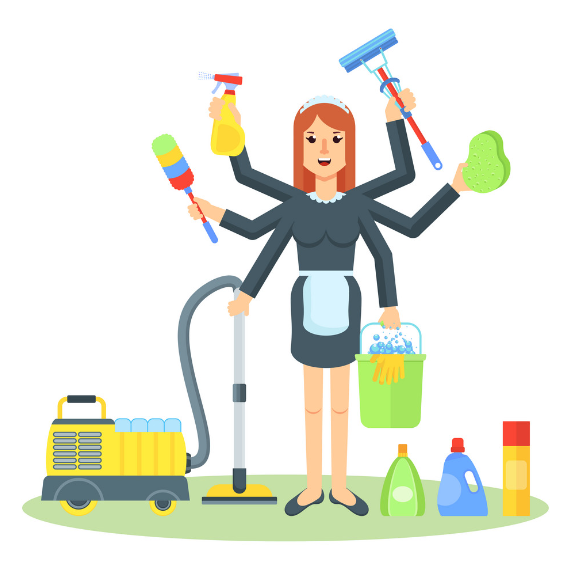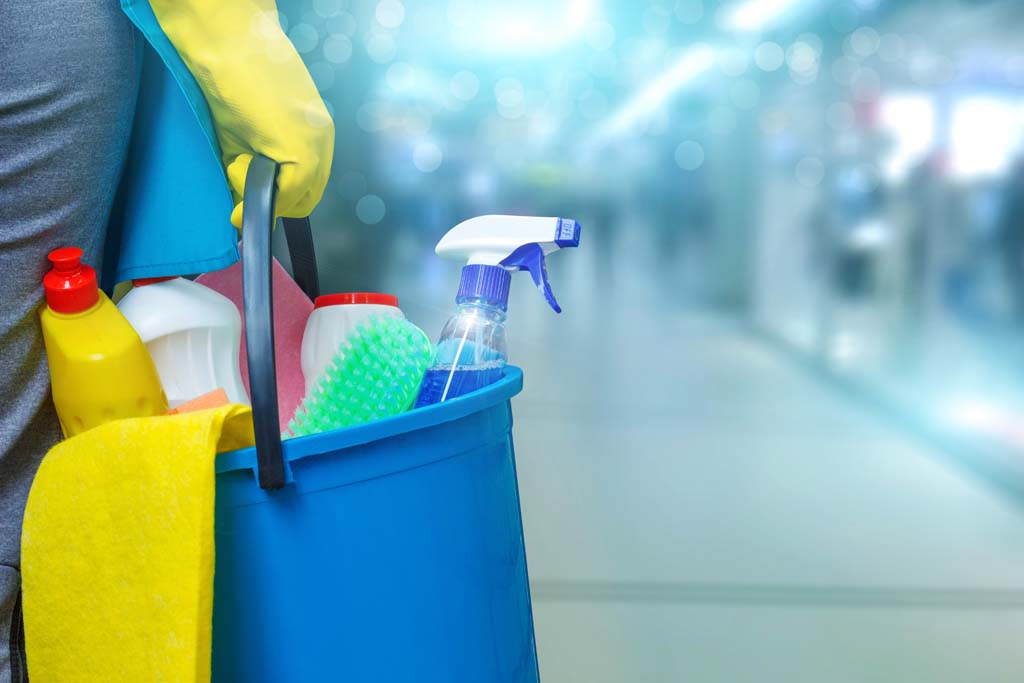Comprehending the Need for Completely Decontaminating and Sanitizing Often Touched Surfaces in High-Traffic Areas
In the realm of public wellness and safety, the careful sanitation and sanitization of frequently touched surface areas in high-traffic areas stand as extremely important measures in protecting against the spread of unsafe virus. The value of this technique prolongs much beyond plain tidiness, diving into the realm of condition prevention and area health. By exploring the various elements of surface sanitation, from the risks connected with overlooking cleaning procedures to the reliable approaches that can be used, a clearer understanding arises of the vital duty these practices play in guarding public health and wellness. As we navigate this discussion, it comes to be obvious that the ramifications of extensive surface area disinfection resound not just within the confines of a specific environment however also reverberate on a broader scale, impacting the health and wellness and safety of individuals across diverse common settings.
Significance of Surface Sanitation
Stressing the extensive sanitation of high-traffic surface areas is essential in keeping a sanitary environment and stopping the spread of hazardous microorganisms. High-touch surface areas such as door deals with, light switches, lift switches, and countertops act as breeding grounds for germs and viruses. Normal sanitation of these surfaces is imperative to reduce the threat of contamination and transmission of diseases.
By implementing a durable sanitation protocol, businesses and organizations can produce a more secure atmosphere for site visitors, customers, and employees. Appropriate surface disinfection not only mitigates the spread of transmittable diseases yet additionally instills self-confidence in the tidiness and safety of the properties. This positive approach shows a dedication to wellness and wellness, which is specifically crucial in high-traffic areas where the possibility of direct exposure to pathogens is heightened.
Additionally, surface area sanitation plays a vital function in overall infection control methods. Incorporated with hand hygiene techniques, using masks, and preserving physical distancing, thorough sanitation of high-touch surface areas develops an extensive defense versus the transmission of harmful microbes. Focusing on surface area sanitation is an important part of a holistic technique to health and wellness in common rooms.
Threats of Neglecting Cleansing Practices
Ignoring detailed sanitation of high-traffic surface areas considerably enhances the threat of microbial and viral contamination, presenting a severe danger to the health and wellness of individuals frequenting these rooms. Failure to implement correct cleaning methods can cause the build-up and spread of damaging microorganisms, consisting of germs and infections, on regularly touched surface areas such as doorknobs, handrails, lift switches, and counter tops.

Moreover, ignoring the value of comprehensive cleaning not just compromises the well-being of people yet additionally weakens initiatives to keep a clean and hygienic setting. It is vital to recognize the relevance of proper sanitation methods in protecting against the spread of infections and securing public wellness.
Reliable Disinfection Techniques
To maintain ideal cleanliness and minimize the risk of contamination on high-traffic surface areas, employing efficient sanitation methods is necessary. One of the most effective and usual sanitation techniques is utilizing chemical anti-bacterials.
One more reliable method is the use of UV-C light. UV-C light has actually been shown to be effective in killing a wide selection of microorganisms by interrupting their DNA framework, hence preventing them from duplicating. However, it is necessary to use UV-C light correctly, ensuring that the correct strength and direct exposure time are related to attain the her explanation wanted sanitation outcomes.
Additionally, utilizing vapor cleansing as a sanitation method can be extremely reliable, specifically on surfaces that are heat-resistant. Vapor can pass through porous surface areas and kill microorganisms, infections, and various other virus successfully. When utilizing heavy steam cleansing, it is essential to make sure that the surface reaches the called for temperature for an enough amount of time to guarantee correct disinfection.
Influence On Public Health
The upkeep of high requirements of cleanliness and sanitation on high-traffic surfaces plays a critical role in safeguarding public health. Frequently touched surface areas in areas with high tramp, such as doorknobs, hand rails, lift buttons, and restroom facilities, serve as breeding premises for unsafe microorganisms.
In high-traffic areas like airport terminals, colleges, hospitals, and public transport systems, the influence of strenuous disinfection steps can not be understated. Prioritizing the sanitization of often touched surface areas is a proactive technique to advertising public health and wellness and enhancing the security of people in common areas.
Executing Normal Cleansing Protocols
Immediately setting up and adhering to a constant timetable of cleaning methods is critical for keeping the sanitation and security of high-traffic surfaces. Regular cleaning procedures are vital in avoiding the build-up of bacteria and pathogens on frequently touched surface areas, specifically in areas with high foot website traffic. By carrying out a methodical strategy to cleaning, organizations can successfully reduce the risk of disease transmission and create a healthier atmosphere for employees, consumers, and the general public.
To develop a reliable cleaning routine, it is essential to identify high-traffic locations that call for regular attention. These locations see may include doorknobs, hand rails, elevator buttons, toilet centers, and common devices. Applying a regular cleaning regimen that targets these surface areas numerous times a day can significantly decrease the spread of dangerous microorganisms and viruses.
Additionally, making use of suitable cleaner and disinfectants is vital to ensuring that surface areas are completely sanitized. Normal training of cleansing team on proper cleansing techniques and the relevance of adherence to the cleansing routine is also crucial in keeping a sanitary setting. By focusing on regular cleaning procedures, companies can promote the health and well-being of people that connect with these high-traffic surface areas.

Final Thought
In verdict, it is critical to prioritize comprehensive disinfection and sanitization you could try this out of often touched surfaces in high-traffic areas to stop the spread of unsafe microorganisms and preserve public wellness. It is imperative to identify the significance of preserving clean surfaces in high-traffic locations to ensure the wellness of the community.
In the world of public wellness and security, the thorough sanitation and sanitization of frequently touched surfaces in high-traffic areas stand as paramount measures in avoiding the spread of dangerous pathogens. By checking out the various elements of surface area sanitation, from the dangers associated with neglecting cleansing procedures to the effective methods that can be used, a clearer understanding emerges of the important duty these techniques play in guarding public health.Furthermore, using vapor cleansing as a disinfection technique can be highly reliable, particularly on surfaces that are heat-resistant. When utilizing heavy steam cleansing, it is vital to guarantee that the surface gets to the required temperature for an enough quantity of time to guarantee appropriate sanitation.
In verdict, it is important to prioritize complete sanitation and sanitization of regularly touched surface areas in high-traffic locations to prevent the spread of dangerous pathogens and keep public health and wellness.
Comments on “How to Keep Your Home Pristine: Everyday Cleaning Tips for Defrosted and Cleaned Every Few Months”